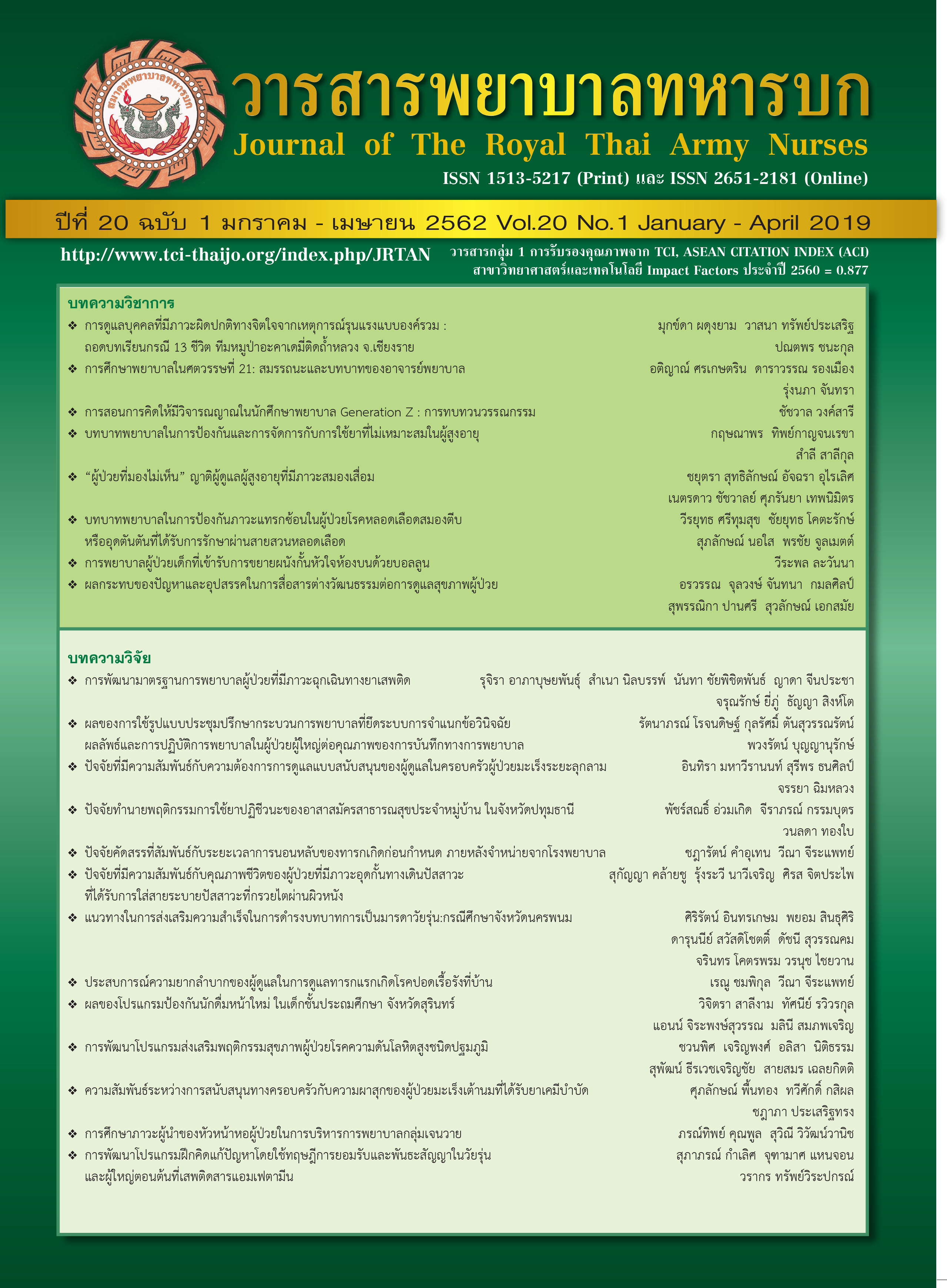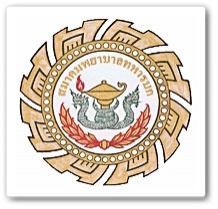The Impact of Cross Cultural Language Barriers in Patient Care Delivery
Abstract
Society has seen rapid changes in the last decade. The consequences of these changes have made acclimating to a different culture more complicated for people with diverse values, beliefs, and religious orientations. It is necessary that nursing professionals adjust health care delivery in ways that recognize & accommodate the basic needs of a wide variety of patients. Cultural diversity, especially with cross cultural language, cannot be avoided. Nurses are critical health care team members who would often be the first group who make contact with patients. If these nurses lack the knowledge and skills to communicate with patients with differing cultural orientation & perspectives, the end result may bring harm or life-threatening consequences entrusted to their care. Thus, the nurses must have good cultural competency in order to deliver high quality in all aspects of care.
Downloads
References
2. Lieninger, M. Culture care theory: A major contribution to advance transcultural nursing knowledge and nursing. Journal of Transcultural Nursing. 2002; 13(3): 189-192.
3. Price, K.M., & Cotis, J.D. The way forward for transcultural nursing. Nurse Education Today. 2000; 20(4): 233-243.
4. Temel, A. B. Transcultural nursing education. Ataturk University School of Nursing Journal.2008; 11(2): 92-101.
5. Cowan, D.T., Norman, I. Cultural competency in nursing: new meanings, Journal of Transcultural Nursing. 2006; 17(1): 82-88.
6. Orawan, J. Transcultural care and AEC era. Journal of the Royal Thai Army Nurses. 2014;15(1): 1-6. (in Thai).
7. Dunn, R.L., & Blevins, S. Iron supplementation and epoetin alfa in a Jehavah’s witness with severe iron deficiency. Journal of Pharmacy Techology. 2013; 29 (2): 88-93.
8. Curlin, FA., Nwodim, C., Vance, J.L., et al. To die, to sleep: US physicians’religious and other objections to physician assisted suicide, terminal sedation, and withdrawal of life support, Am J Hosp Palliat Med. 2008; 25(2):112-20.
9. Lucchetti, G., Ramakrishnan, P., Karimah, A. et al. Spirituality, religiosity, and Health: a comparison of physicians’ attitudes in Brazil, India, and Indonesia. Int J.Behav.Med. 2016; 23: 63-70.
10. Eti Aslan, F. Cultural reflections to surgical care. J Public Health Nurs-Special Topics. 2015; 1(3):22-7.
11. Maddalena, V. Cultural competence and holistic practice, implication for nursing education, Practice and Research. 2009; Holistic Nursing Practice.
12. Hu, P. Language barriers: How professional interpreters can enhance patient care. Radiologic Technology. 2018; 89(4): 409-412.
13. Hurtig, RR., Alper, KM., & Berkowitz, B. The cost of not addressing the communication barriers faces by hospitalized patients. American Speech-Hearing Association. 2018; 12(3):99-112.
14. The Joint Commission. Advancing effective communication, cultural competency, and patient-and family-center care: A roadmap for hospitals. Oakbrook Terrace, IL: Author;2010.
15. Bartlett, G., Blais, R., Tamblyn, R., et al. Impact of patient communication problems on the risk of preventable adverse events in acute care settings. Canadian Medical Association Journal. 2008; 178(2): 1555-1562.
16. Dreher, A., Hahn, E., Diefenbacher, A. et al. Cultural differences in symptom representation for depression and somatization measured by PHQ between Vietnamese and German psychiatric outpatients. Journal of Psychosomatic Research. 2017; 102: 71-77.
17. Muzumdar, JM., Holiday-Goodman, M., Black, C., & Powers, M. Cultural competence knowledge and confidence after classroom activities. Am J Pharm Educ. 2010; 74(8) article 150.
18. Berger, B.A. Cultural competence. In: Berger BA. Communication skills for pharmacists: Building relationships, improving patient care. 3rd ed. Washington, DC: American Pharmacists Association. 2009: 199.
19. Davidhizar, R., Shearer, R., & Giger, J. The challenges of cross-cultural communication. RT Image. 2002; 15(11): 18-23.
20. Nellum-Davis, P. Clinical practice issues. In. D.E Battle (Ed.), Communication disorders in multicultural populations (3rd ed). Boston: Andover Medical Publishers; 2002.
21. Benkert, R., Pohl, JM., Coleman-Burns, P. Creating cross-racial primary care relationships in a nurse-managed center. Journal of Cultural Diversity. 2004; 11(3): 88-99.
22. Shadick, K. Development of a transcultural health education program for the Hmong. Clinical Nurse Specialist. 1993; 7(2): 48-53.
23. Raynor, E.M. Factors affecting care in nonenglish-speaking patients and families. Clinical Pediatrics. 2016; 55(2): 145-149.
Downloads
Published
How to Cite
Issue
Section
License
บทความหรือข้อคิดเห็นใดใดที่ปรากฏในวารสารพยาบาลทหารบกเป็นวรรณกรรมของผู้เขียน ซึ่งบรรณาธิการหรือสมาคมพยาบาลทหารบก ไม่จำเป็นต้องเห็นด้วย
บทความที่ได้รับการตีพิมพ์เป็นลิขสิทธิ์ของวารสารพยาบาลทหารบก
The ideas and opinions expressed in the Journal of The Royal Thai Army Nurses are those of the authors and not necessarily those
of the editor or Royal Thai Army Nurses Association.






